How Much Power Does Your Bidet Really Use? Separating Fact from Fear
Posted by Barry S. on 1st Oct 2025
Electric bidets and smart toilets feel like luxury appliances, but they don’t have to be energy hogs. According to an analysis on Danube Toilet’s blog, heated seats typically draw around 50–70 watts during use, while warm water washing can spike up to 850 watts. Auto‑flushing systems sip a mere 5–10 watts per flush, built‑in night lights use just 1–5 watts, deodorizing systems need 10–20 watts, and dryers are the big energy eaters at 1,000–1,400 watts. Smart controls such as app connectivity and sensors consume less than 5 watts on standby.
The article notes that overall energy usage depends on how often these features run. In standby mode, a smart toilet uses just 1–5 watts per hour; during active use, bidet and dryer functions draw 850–1,400 watts for 1–2 minutes. If a smart toilet operates for 10 minutes per day and sits in standby the rest of the time, the total daily consumption is roughly 0.5–1.5 kWh, comparable to running a small microwave. In colder climates or high‑traffic locations such as hotels, heated seats and warm water may run more often, increasing energy use. The post suggests choosing models with energy‑saving modes, automatic shut‑off and timers to cut consumption.
So should you worry about your utility bill? Unless you’re running the dryer on repeat, the answer is no. At an average U.S. electricity rate of 15 cents per kWh, even a high‑end smart toilet might cost $0.75–$1.50 per week to operate. To further reduce costs, disable unused features (do you really need a night light at noon?) and turn off the heated seat in summer. Your wallet—and the planet—will thank you.
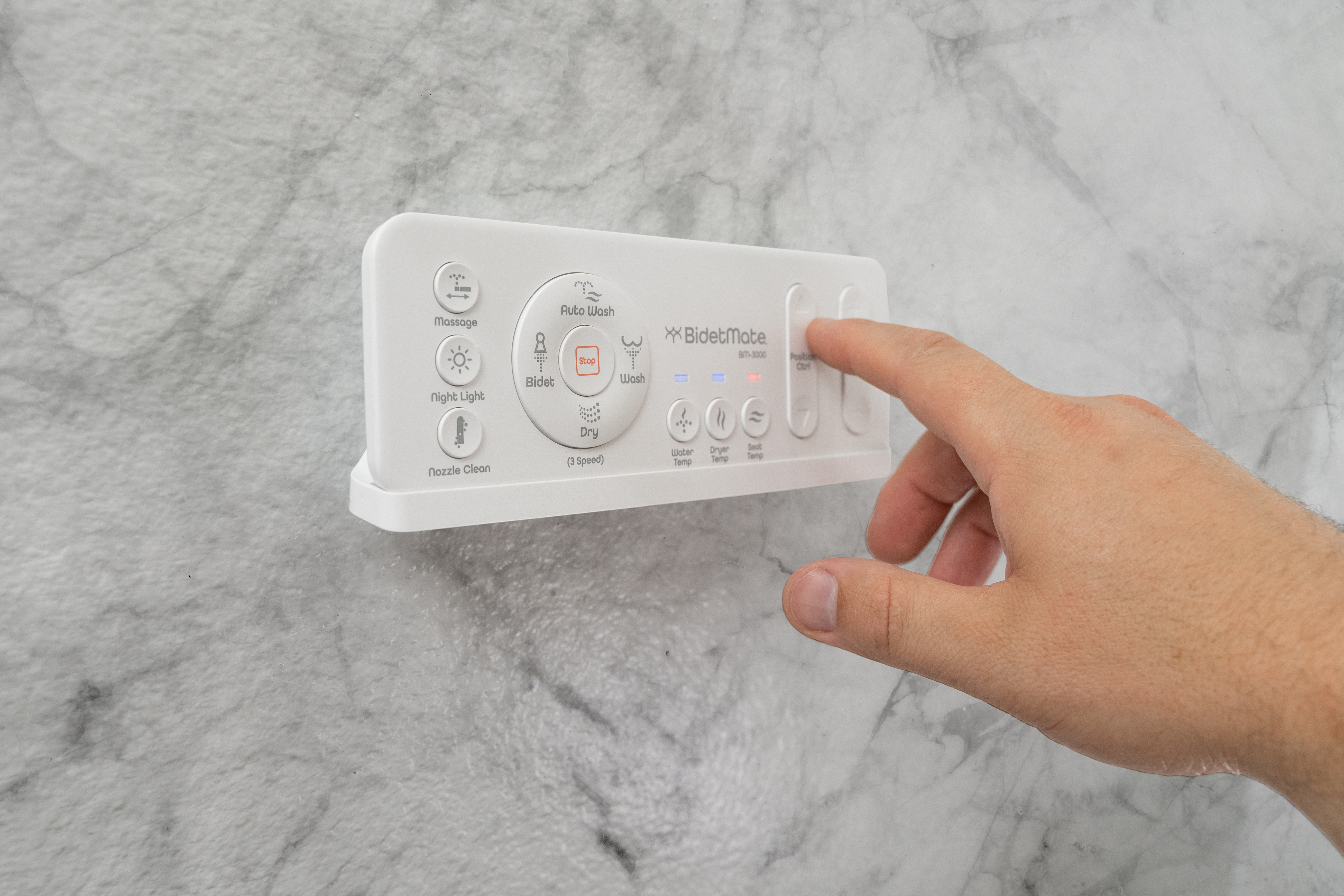
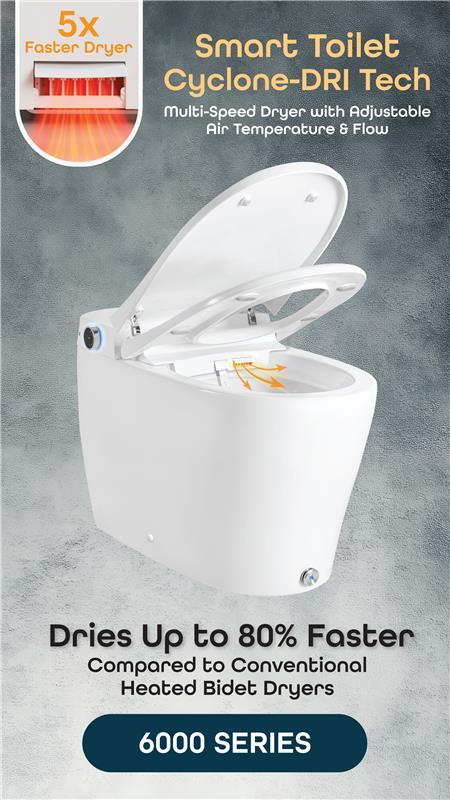
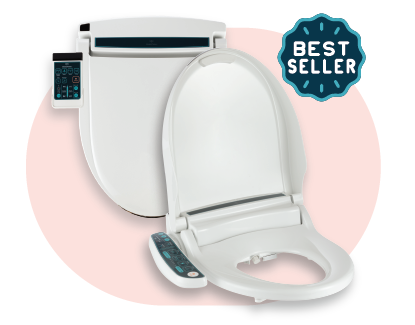
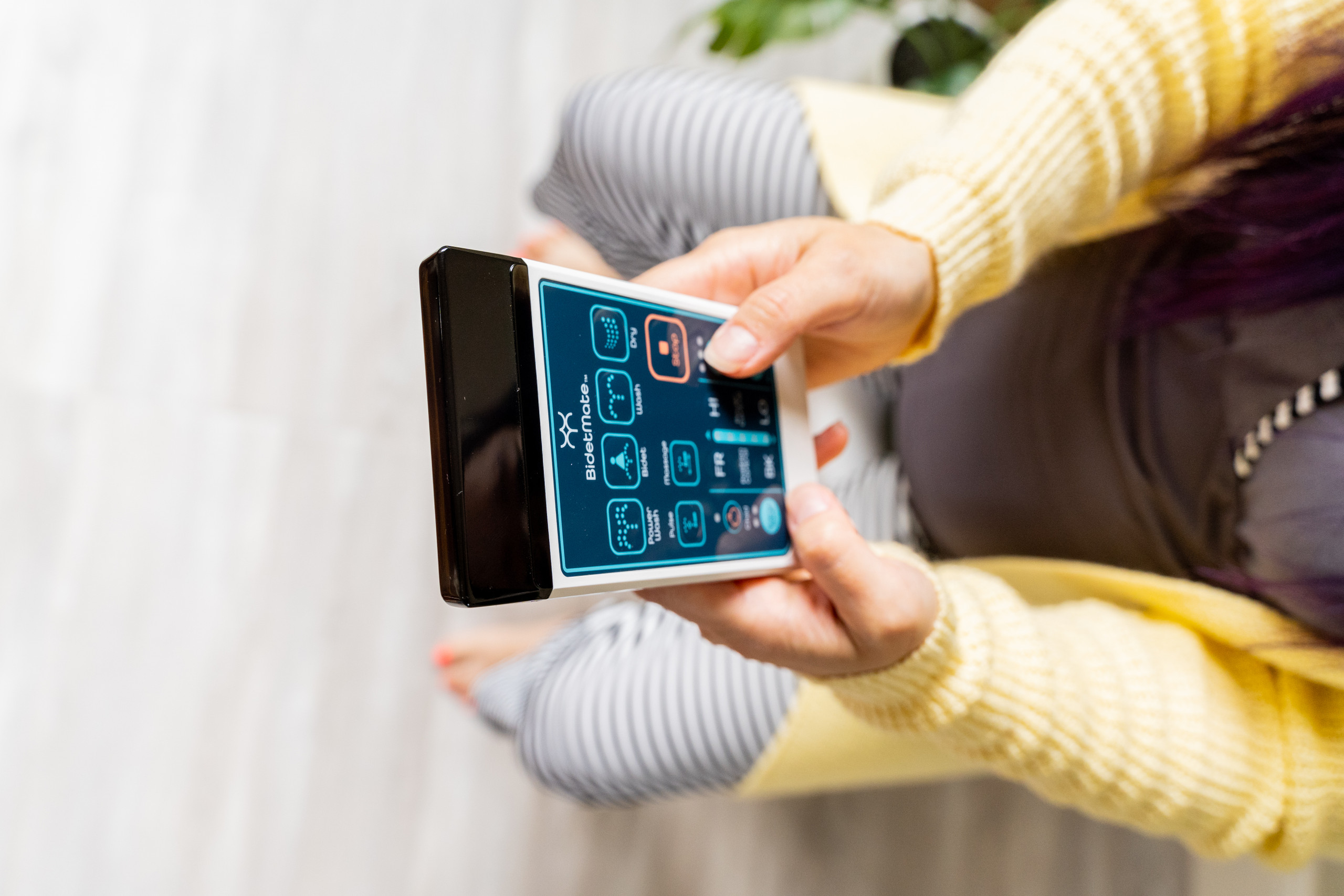


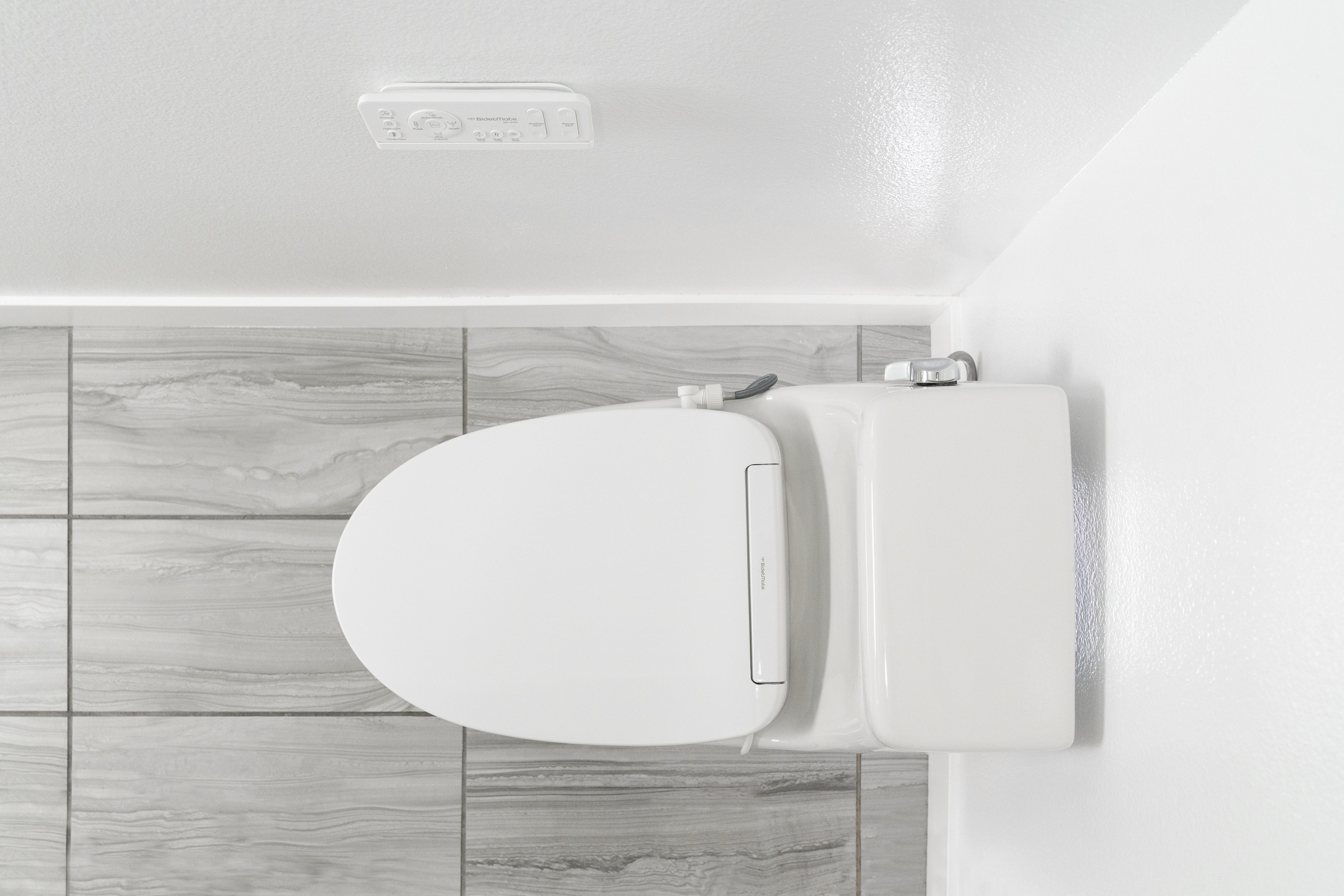

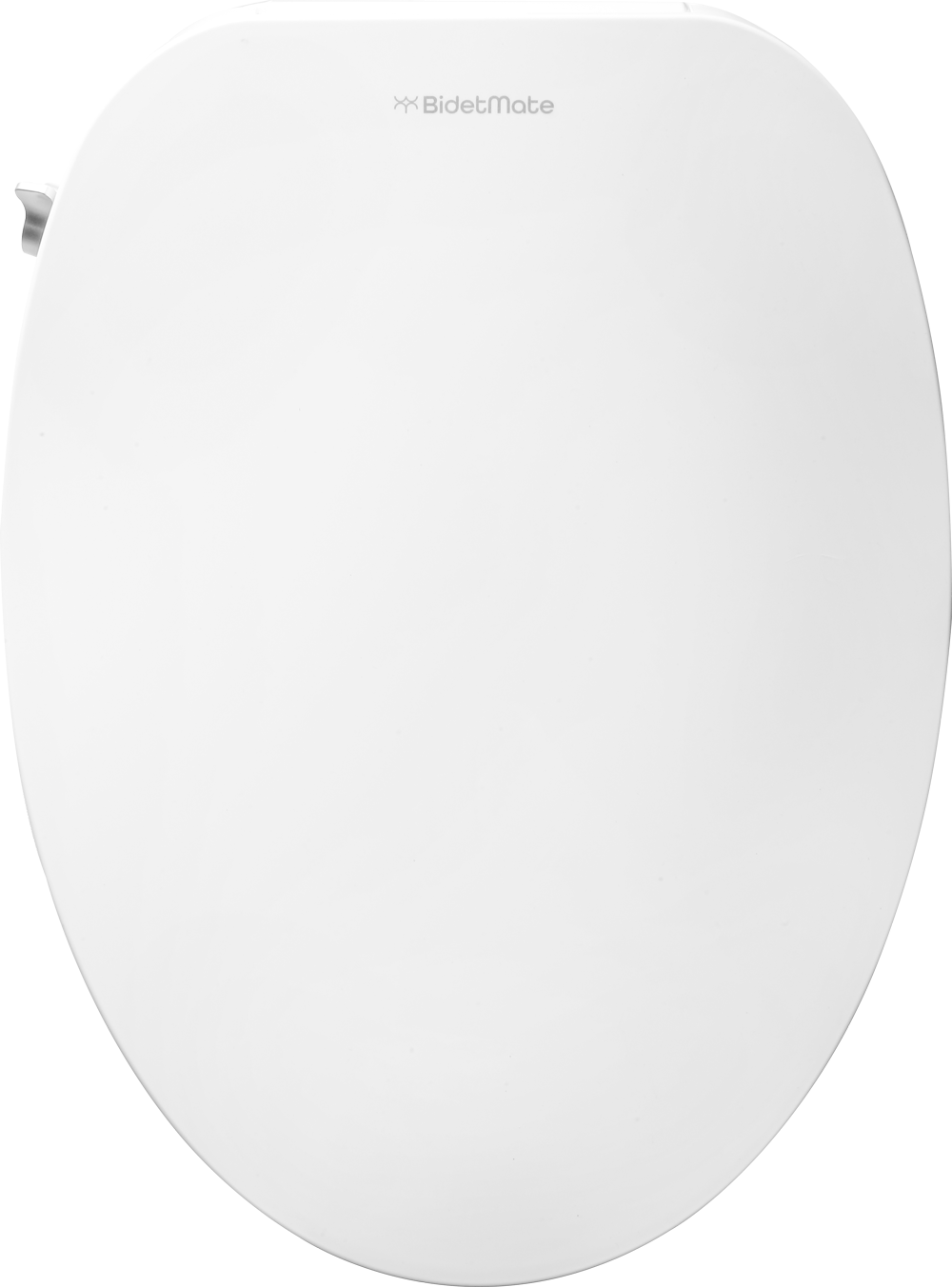
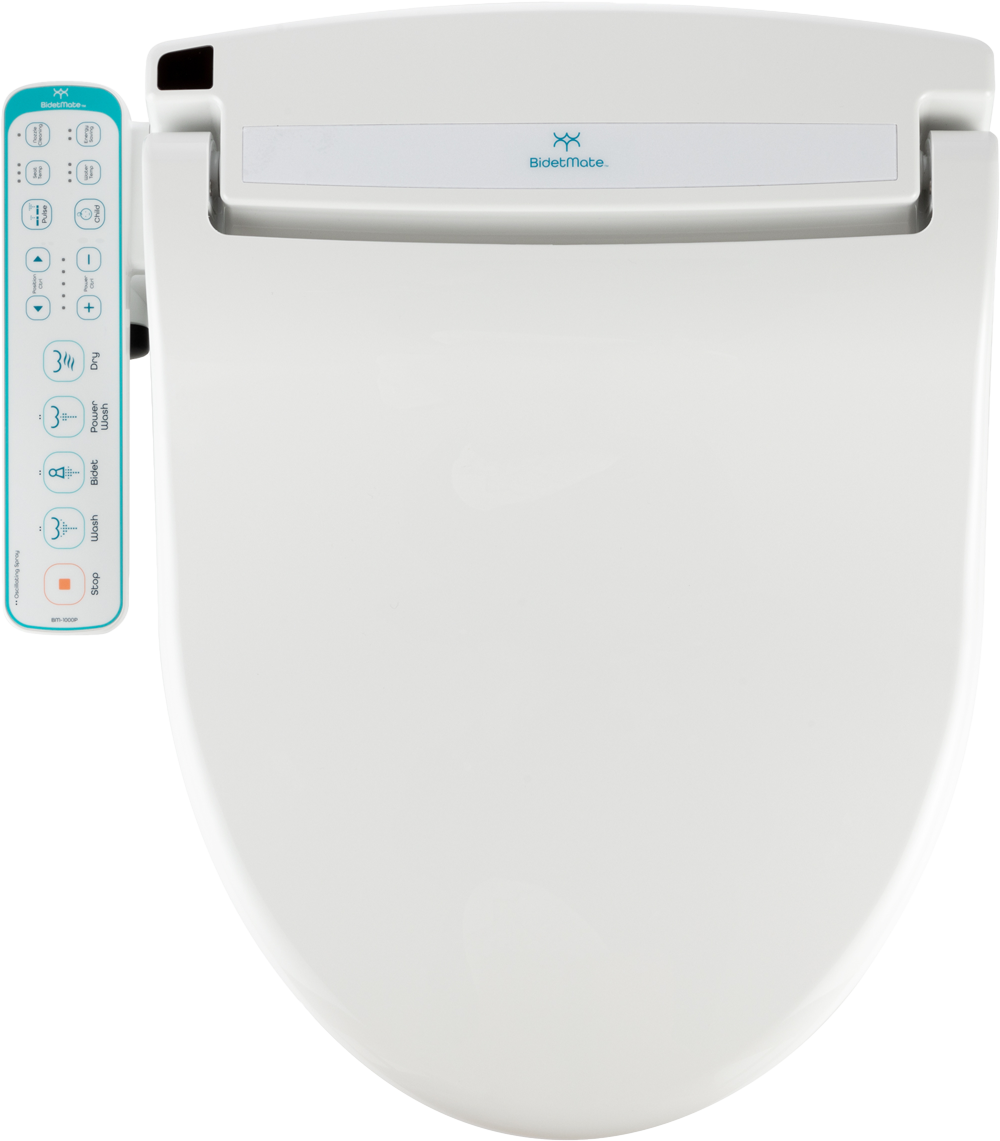
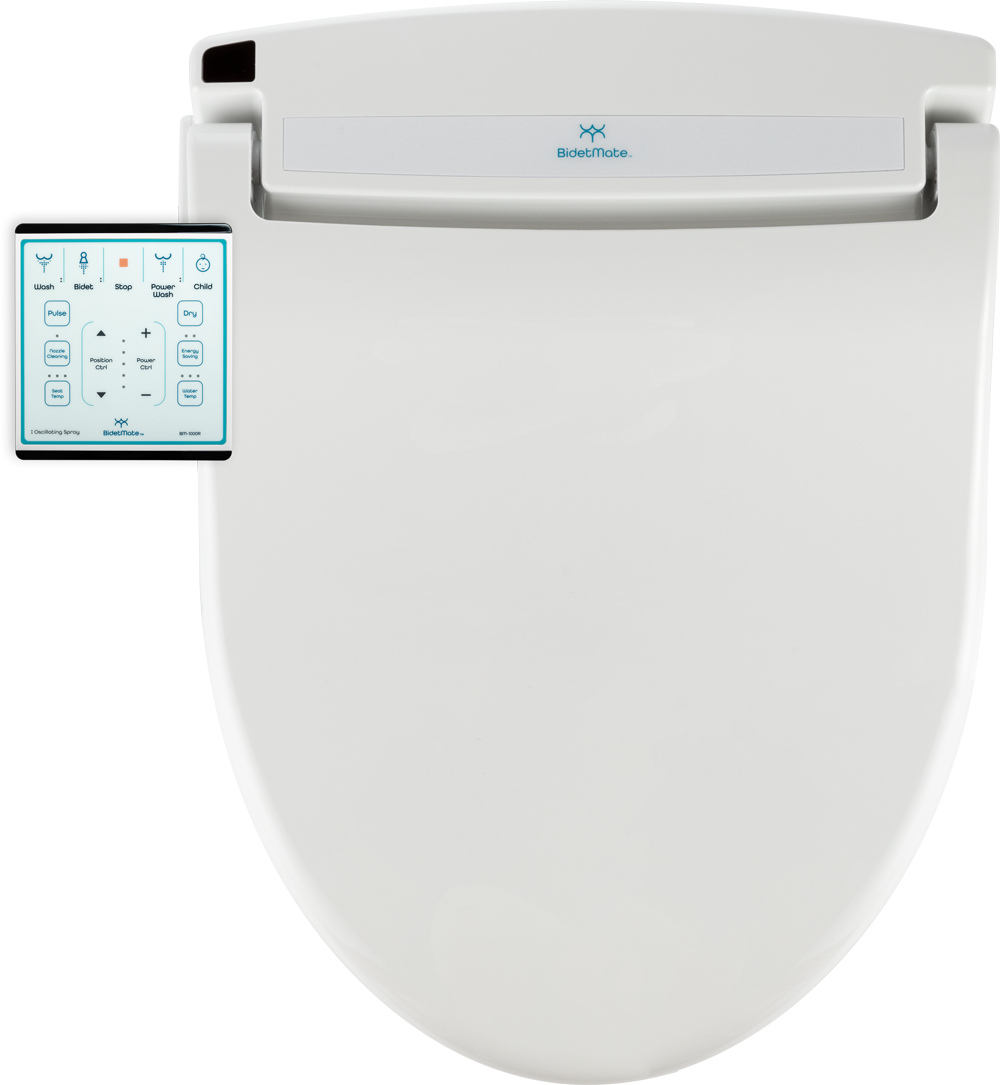


 END Shopper Approved - templates/layout/base.html
END Shopper Approved - templates/layout/base.html